PicPicAI is a comprehensive online platform offering a variety of AI-powered image editing tools. It provides users with 20 free credits upon registration, allowing them to explore and utilize various features. The platform caters to both beginners and professionals, offering easy-to-use tools for enhancing photos, removing backgrounds, generating portraits, and more.
AI Image Tools for Free Online | PicPicAI
- Remove Background
- Photo Enhancer
- Photo Upscaler
- Change Background Color
- Restore Old Photos
- Colorize Photos
- Compress Photos
- Photo Retouch
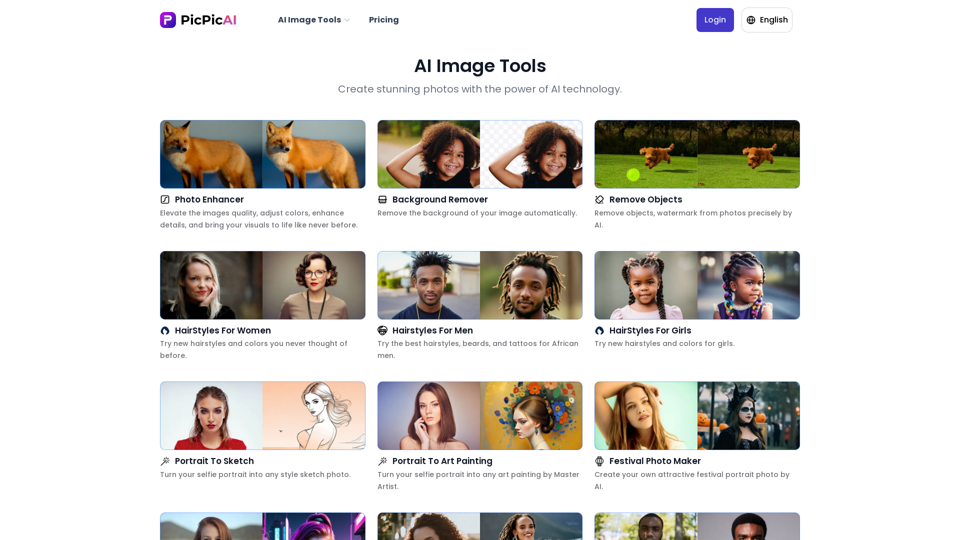
Introduction
Feature
AI Image Editor
- Create stunning AI art
- Change background color
- Remove objects from images
- Compress photos for optimal file size
AI Portrait Generator
- Generate various hairstyles for women
- Create neonpunk-style portraits
- Convert portraits to sketches
- Cartoonify portraits
- Generate professional headshots
- Restore old photos
- Enhance photo quality
- Colorize black and white photos
- AI-powered portrait enhancement
- Upscale photos for higher resolution
Photo Enhancement Tools
- Photo Enhancer: Improve image quality, adjust colors, and enhance details
- Background Remover: Automatically remove image backgrounds
- Object Removal: Precisely remove unwanted objects or watermarks from photos
- Hairstyle Generator: Experiment with new hairstyles and colors
- Portrait to Sketch Converter: Transform selfies into stylized sketch photos
- Portrait Cartoonifier: Convert portrait photos into cartoon-style images
User-Friendly Interface
- Intuitive design suitable for both beginners and professionals
- No learning curve required for using the tools
Cost-Effective Solution
- Affordable pricing for a wide range of image editing tools
- Efficient processing for quick results
FAQ
Who can benefit from PicPicAI's tools?
PicPicAI's tools are beneficial for a wide range of users, including social media managers, marketers, content creators, and individuals looking to enhance their personal photos. These AI-powered tools can transform the way users create visuals for both business and personal use, helping to create stunning images, save time, and streamline the creative process.
How do I use PicPicAI's photo tools?
Using PicPicAI's photo tools is simple:
- Navigate to the desired photo tool page
- Upload your image
- Let the AI process and enhance your photo automatically
What makes PicPicAI stand out from other image editing platforms?
PicPicAI distinguishes itself through:
- Comprehensive toolset: Offering a wide range of AI-powered image editing tools in one platform
- User-friendly interface: Easy-to-use design suitable for all skill levels
- Affordability: Cost-effective solution for professional-quality image editing
- Efficiency: Quick processing and convenient user experience
Latest Traffic Insights
Monthly Visits
15.66 K
Bounce Rate
34.80%
Pages Per Visit
2.07
Time on Site(s)
28.68
Global Rank
1557619
Country Rank
Russia 115425
Recent Visits
Traffic Sources
- Social Media:2.51%
- Paid Referrals:0.53%
- Email:0.17%
- Referrals:10.52%
- Search Engines:49.46%
- Direct:36.68%
Related Websites
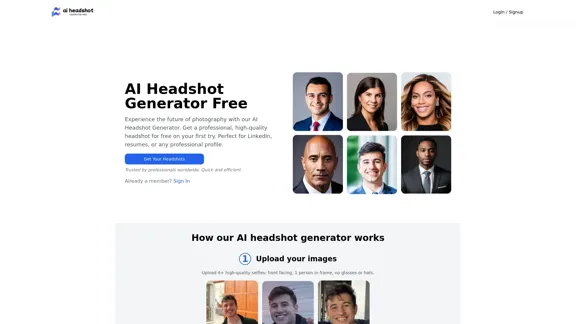
Create stunning, professional headshots for free with our AI Headshot Generator. Perfect for LinkedIn and resumes. Try it now!
0
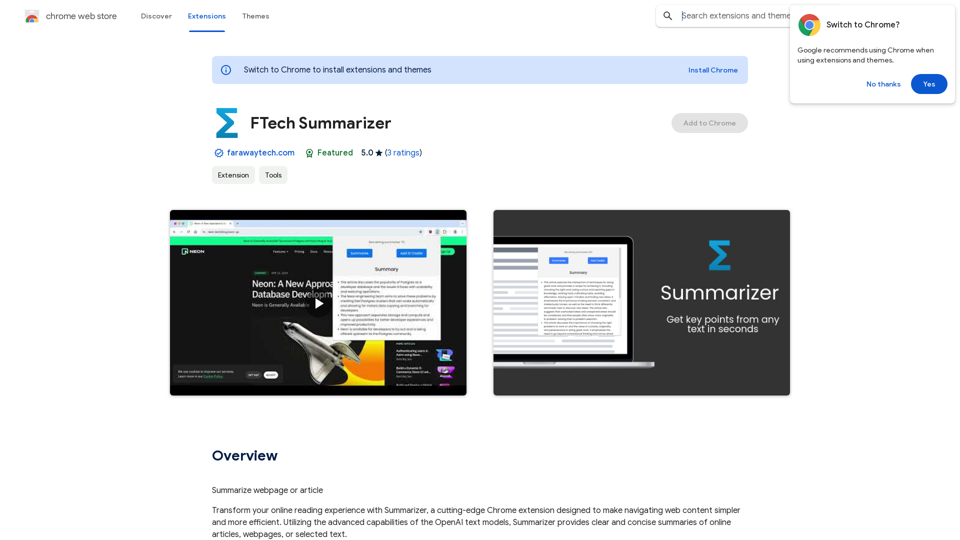
Please provide me with the webpage or article you would like me to summarize. I need the text content to be able to create a summary for you.
193.90 M
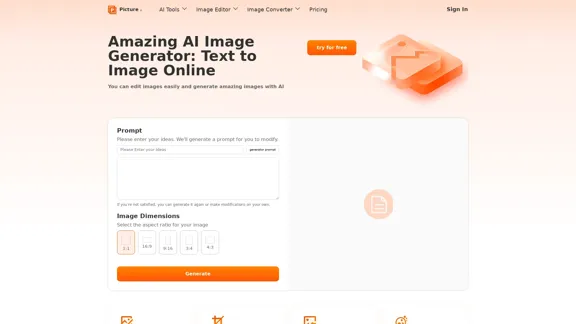
Free AI Image Generator | Prompt Generator and AI Image Creator
Free AI Image Generator | Prompt Generator and AI Image CreatorPicture AI is an amazing AI image generator and image editor. It generates prompts for you and then creates images that meet your needs with AI.
100
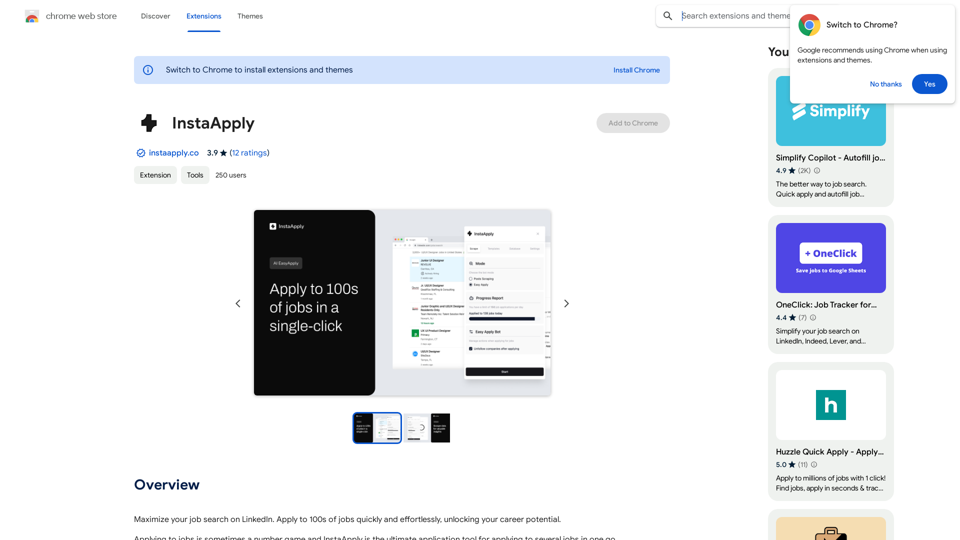
Maximize your job search on LinkedIn. Apply to hundreds of jobs quickly and easily, unlocking your career potential.
193.90 M
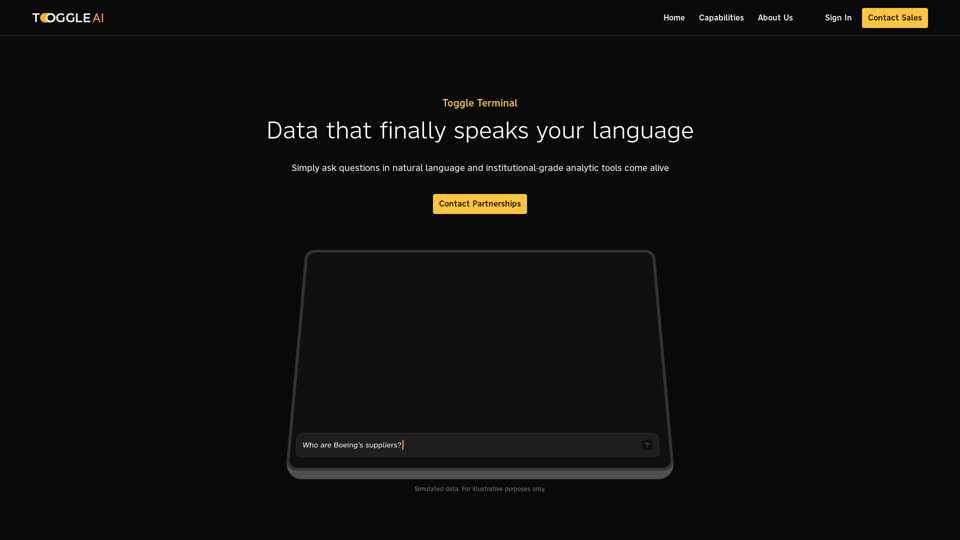
Toggle Terminal – Bring data to life with natural language
Toggle Terminal – Bring data to life with natural languageBid farewell to outdated terminals and cumbersome, antiquated interfaces. Our institutional-grade analytical tools spring into action, ready to serve you, simply by asking questions in everyday language.
0

AI Hug | AI-powered Photo Embrace & Text-to-Video Creator
AI Hug | AI-powered Photo Embrace & Text-to-Video CreatorAI Hug brings people closer through AI. Create heartwarming embraces from photos and transform your words into captivating videos.
0
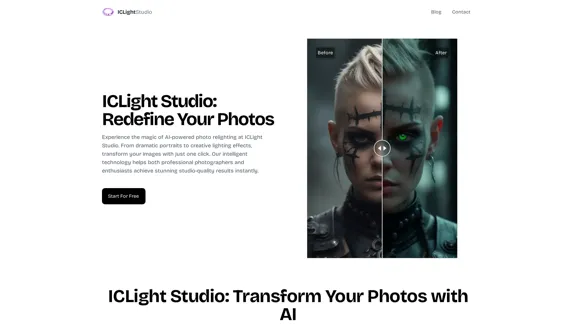
ICLight Studio - Free and Easy AI Photo Relighting
ICLight Studio - Free and Easy AI Photo RelightingTransform your photos with ICLight's free AI-powered relighting technology. Create professional studio lighting effects with simple text prompts.
0

Recally - The Best Screenshot Management App for macOS
Recally - The Best Screenshot Management App for macOSRecally is the best app to manage your screenshots on macOS. Organize, browse, and search your screenshots with ease. Available on macOS.
0